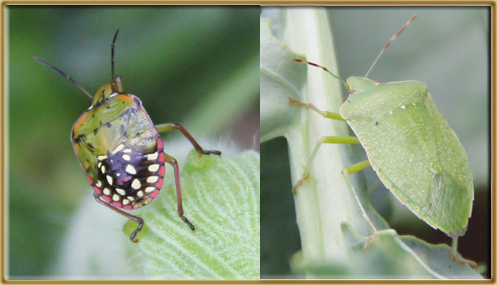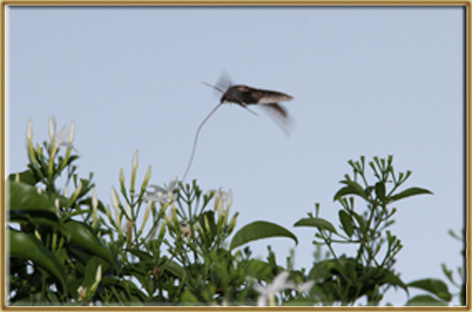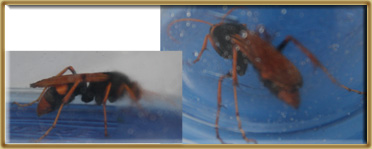Critter watch
/A few factors seem to have conspired to bring various critters into focus at our place of late.
Note that critters is an endearing term as far as we're concerned.
First, Build-It Bloke was the very happy recipient of a digital microscope from Kris Kringle at Christmas. Although it is fairly basic, the world that its 50-400x lenses capture (with web cam for recording the moment!) is well beyond what we can see with the naked eye. Nothing is safe from scrutiny around here. Dead lice, flies, spiders and locusts have all been given the once over. Likewise human hair, dust and mould, to name but a few more. There's no depth of field to the pictures, so they tend to look more impressive in real time than captured as a still. I assure you critter identification has never been this much fun before, nor as educational!
Second, the seemingly tropical weather this summer saw far more bugs in the garden than usual. Interestingly, for the most part the number of "bad bugs" has been pretty much matched by the number of "good bugs", though there are a few exceptions. Our bug management plan goes something along the lines of us (folk) being willing to share with them (the various critters), provided the plant is not being seriously harmed by the attack. We try not to use any treatment that's more harmful than the critter that we're 'treating'. That means we do a fair bit of "wait and see"-ing. We often use manual control (i.e. squishing things like pear/cherry slug, various bugs and caterpillars) because it avoids unintended effects on other critters or plants. Of course, this option is quite viable on our less-than-a-fifth-of-an-acre, but would be out of the question on larger properties and commercial crops. We also try to encourage natural predators of the pests. That is, we welcome the 'good' bugs ... but this year with all the newbies I'm not always sure who is who!
So far we've largely avoided the dreaded fruit fly this season (they got our nectarines, but unlike at our neighbours', they haven't got into anything else of ours yet). But it's not exactly plain sailing. We've got oodles of green vegetable bugs instead. They've had a royal feast on the tomatoes, so the fruit fly exclusion bags have become green vegetable bug exclusion bags.

Green vegetable bug nymphs are black with colored dots (you can see the one on the left is starting to mature - it's bottom half is typical). They become all green as adults (right).

An orb spider that has caught a beeThe orb spiders have been spectacular. I'm not keen on walking into their webs unexpectedly, but it is impressive how many there are this year and the intricacy of the webs they weave. One of the largest at our place caught and ate three bees within an hour ... though I'd personally prefer if it stuck to eating mozzies. I find the webs quite fascinating, some are essentially 2D while others are 3D. So too the way they wrap their prey and then hang it all in a line - presumably adding to their series of snack-packs ready for eating?Or perhaps they are showing off their catch to impress? Or is it just neat-web etiquette [netiquette!]?
We've also had a few hawk moth visits. They are quite large (5-8cm body) with a proboscis nearly twice its body length. When not in use, it curls it up in a spiral next to its mouth. They seem to come out at dusk, so catching them on film (sorry, memory card!) isn't easy. That's my excuse for the less-than-perfect focus in these pics, anyway.


"It's ok, I've brought my own straw!"

And a neighbour kindly brought over this spider wasp (Cryptocheilus bicolor, perhaps?). He was keen to ID it after being stung saving it from his dogs. Apparently female wasps in this family will paralyse spiders as big as huntsmen, drag them to their nest, then lay their eggs and the spider becomes the wasp larvae's first food source. Wow!
I've noticed a few of these in the garden and will continue to leave them alone! It was pretty though and quite large, I think the body was at least 3.5cm long. There's an overview and more pics of spider wasps on this webpage (Australian Museum), as well as plenty of others, if you would like to know more.
Oh, and while we're on the subject of critters, I have to mention a recent TED talk. It's by an entertaining Dutchman, Marcel Dicke, discussing "Why not eat insects?". It runs for just under 17 minutes. Take a look if it appeals (or disgusts!). There sure is a lot of protein in our garden at present, when you look at it through his eyes.


